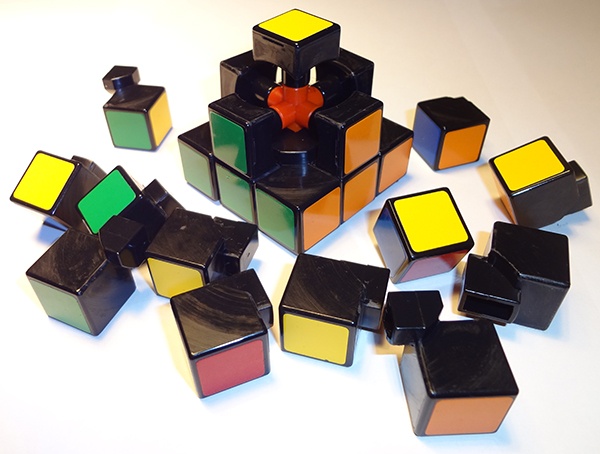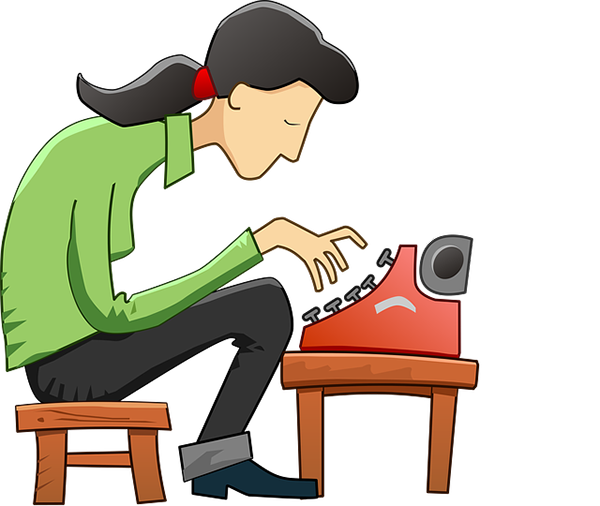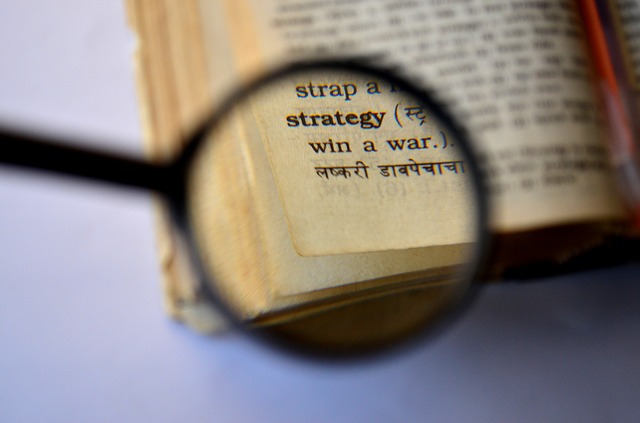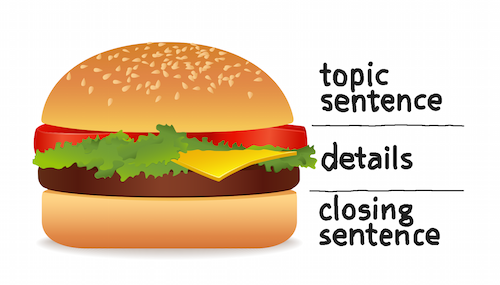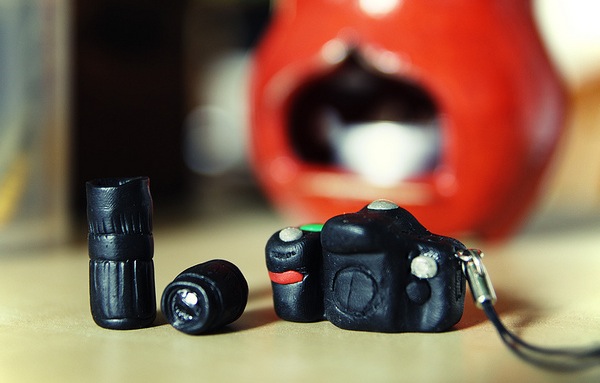If you keep improving every time you take the ACT, should you take it as many times as you can to get the highest score? Even though you can take the ACT up to 12 times, that doesn't necessarily mean that you should. Let's look at when you should retake the test, and when it's time to pack up and call it a day.
Say you have done the near-impossible, and gotten an amazing SAT score of 2200 or higher or an ACT score of 32 or higher. Many high school students across the country are probably jealous of you!
But what if your GPA is much lower – a 3.0, or even a 2.0? Do you still have a shot at top colleges? What will admissions officers think about you?
Read on to find out what to do with a low GPA, high SAT/ACT score application. That high score could be worth a lot more than you think!
Timing is everything, especially when it comes to the SAT. Besides managing your time on each section of the test, you also have to plan your day around this long exam.
Since latecomers won't be admitted to the testing room, when should you plan to arrive on test day? For that matter, what time can you breathe a sigh of relief and, all finished with the exam, head back home? This guide will go over the exact start and end times of the SAT so you can plan your schedule for that special SAT-urday.
Big Picture Questions in SAT Reading: Strategies and Tips
Of the many question types on SAT Reading, "big picture" questions are the ones that require the most thorough comprehension of large amounts of text. You'll be asked to discuss and examine the main claim or purpose of a paragraph, passage, or even multiple passages.
But how do you identify these "big picture" questions on SAT Reading? And what are the best ways to approach answering them?
Below, I’ll discuss the three primary types of big picture questions you’ll encounter on the SAT, along with common ways the SAT will ask you about each. I'll also give you expert SAT Reading strategies to answer these questions, illustrated with examples from real practice questions.
Let’s get down to business to defeat...the SAT Reading. How can you practice for the SAT Reading? Where can you find SAT Reading practice questions? Is it even possible to practice for the Reading section? Read on for the answers to these questions.
How to Improve Your SAT Score by 100 Points in a Month
Preparing for the SAT a second or third time is common. Back when I studied for the SAT, the first couple of strategies and study approaches I tried didn't actually work. It took me a few times before I finally found the method that bumped up my SAT score 200 points to a perfect score.
If you're retaking the SAT and want to ensure you improve this time around, this guide will show you how to do just that!
You've just taken the SAT. Congratulations! Once you get some rest, you'll probably start to wonder when your scores will come out and how to access them on the College Board website. In this post, we tell you exactly what time of day scores appear and how to check your SAT scores online.
NOTE: Have you been out of high school for more than a year and not taken the SAT in that time? Then you should read our article on how to get old SAT scores instead!
How Science/Math People Can Do Well on SAT/ACT Reading
The reading sections of the SAT and ACT can be intimidating at first glance if you’re more inclined towards math and science than the humanities. All those passages! The horror!
Fear not, my number-loving friend. The reading sections of these tests are actually more logic and evidence-based than you might expect. In some cases, your science and math skills can even help you find the correct answers.
This article details three strategies for approaching SAT and ACT Reading if you consider yourself a more math and science-oriented student.
The ACT is quite possibly one of the most important tests you'll take in high school; it's vital to go in prepared. With so many sources offering the solution to your test preparation needs, how are you supposed to know which path to take?
What follows is a summary of the best advice I have to offer on how to study for the ACT, based on my extensive experience as a tutor. I'll cover when to start studying, where to find practice materials, and how to approach the process itself. This guide will give you a complete plan for studying for the ACT.
Can taking official SAT practice tests improve your SAT score dramatically? It can if you do it right. Most students practice the SAT incorrectly and are then surprised when their scores don’t increase. I myself essentially practiced my way to a perfect SAT score, and I’m convinced you can do it, too!
I've developed an SAT practice method that has worked for thousands of students—and I'll describe it right here.
Author Technique Questions in SAT Reading: Strategies
Author technique questions are some of the rarer questions you will see on the SAT Reading section. In this article, I’ll go through what these questions look like and how to solve them step by step.
The SAT is an extremely important test for those planning to attend college. It's definitely not one to neglect or ignore until the last minute. Preparing for the exam is the only way to make sure you're doing your best on test day.
Well, that's all well and good, but how exactly do you study? It's easy to feel overwhelmed by the prospect, or else overloaded by information from a number of different sources all claiming to have the answer to every one of your testing woes.
Read on for my very best suggestions on how to study for the SAT, based on my extensive experience as a tutor. I'll cover each step you need to take to improve your score, from finding the best SAT practice tests to setting a goal to fine-tuning your section strategies. After reading this article, you'll know exactly how to prepare for the SAT.
The Ultimate Study Guide for SAT Reading: Strategies, Tips, and Practice
We've created the best guide to the SAT Reading section out there.
This is not just us tooting our own horns. By reading many SAT prep books as well as studying the CollegeBoard’s own resources, we've been able to take the best aspects of each and combine them into a magnificent Frankenstein’s monster of a guide.
We cover each SAT Reading question type in detail, organized not by how the questions are asked, but by the essential underlying skills the questions are testing. You'll get the best SAT Reading tips and strategies available, as well as information about how to get the most out of your SAT Reading practice and prep.
If you're looking for a comprehensive guide to SAT Reading and how to improve your SAT Reading score, the information provided herein is invaluable. Master all these concepts, use realistic practice questions, and learn how to learn from your mistakes, and you'll be able to increase your SAT Reading score drastically.
While the best recommendation letters are unique to each student, they all share certain key features that make them effective. This guide provides you with a structure to help you produce an outstanding letter of recommendation.
Not only will this recommendation letter template guide you through the writing process, it'll also assist you in determining whether you’re able to truly recommend a student for admission to college. Before outlining the steps, let’s consider what goes into a good letter of recommendation.
Little Picture Questions in SAT Reading: 5 Key Tips
Little picture, or detail, questions make up a significant amount of questions on the SAT Critical Reading sections. Of 4 post-2005 publicly available tests I surveyed, little picture questions accounted for 25% of all passage-based questions and 17% of all SAT Reading questions. This means that it is well worth your time in your SAT Reading prep to make sure you can consistently answer little picture questions accurately and in a reasonable amount of time (what that range is for accuracy and reasonableness will depend on the score you are aiming for).
In this article, I’ll provide examples of the different ways the SAT will ask you to use little picture skills, explain the SAT Reading strategies you can use to help with these questions, and end with a walkthrough of a sample questions. First, however, I’ll explain what exactly I mean by “little picture” questions.









